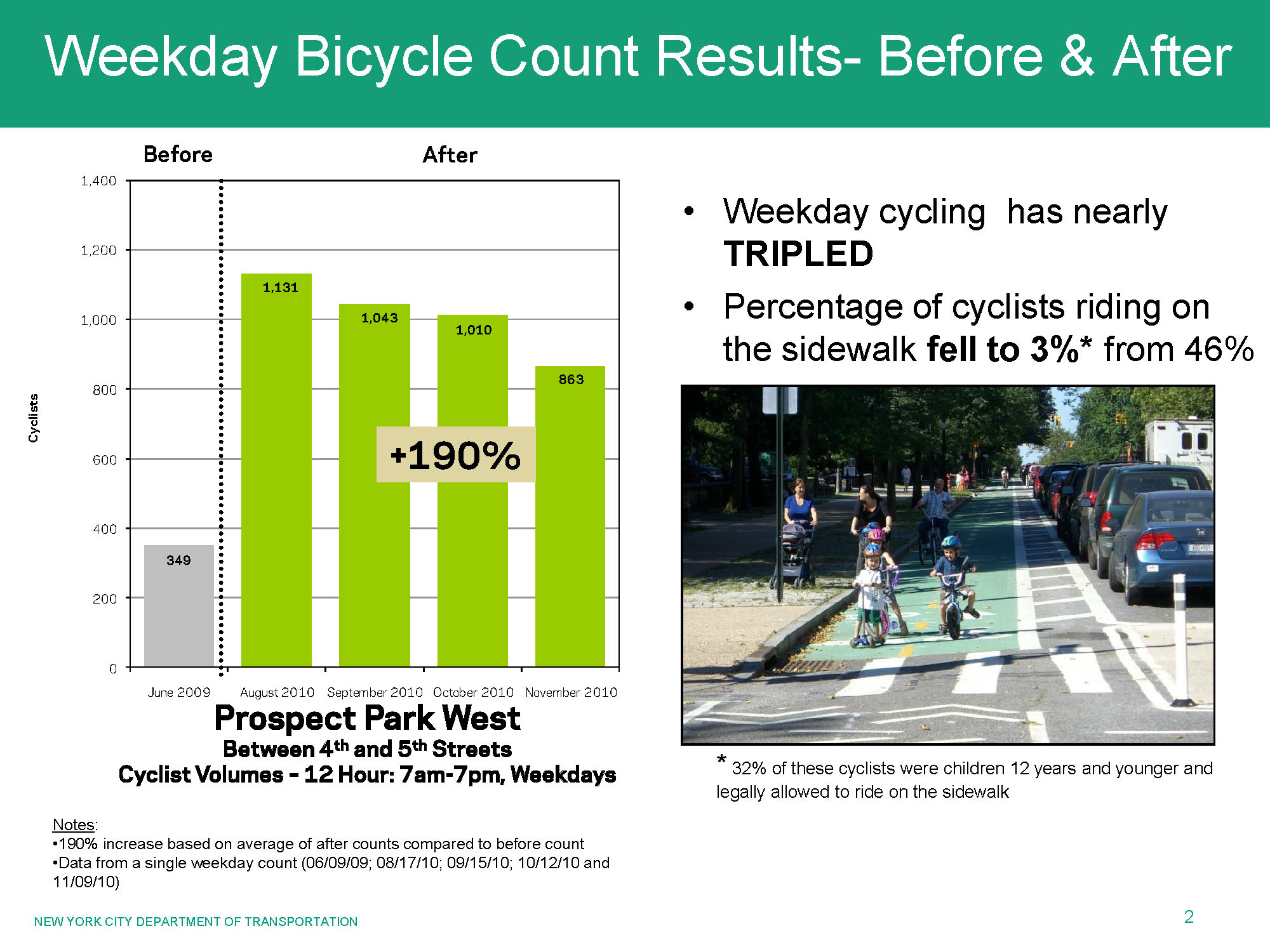
NEW YORK CITY DEPARTMENT OF TRANSPORTATION
-Weekday cycling has nearly TRIPLED
-Percentage of cyclists riding on the sidewalk fell to 3% from 46%
-BEFORE: 3 of every 4 vehicles broke speed limit; AFTER: Only 1 in 6 vehicles exceed speed limit
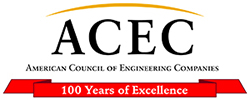

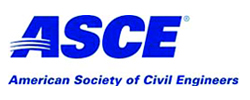
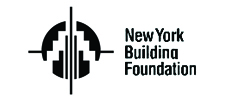
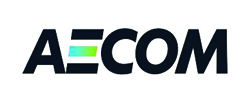

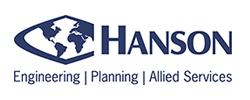
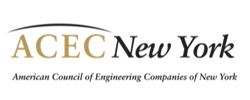
John Hennessy III,
P.E.
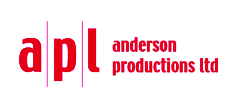
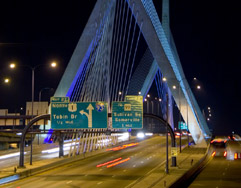
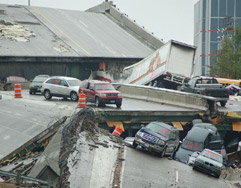

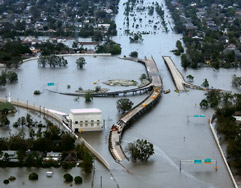

NEW YORK CITY DEPARTMENT OF TRANSPORTATION
-Weekday cycling has nearly TRIPLED
-Percentage of cyclists riding on the sidewalk fell to 3% from 46%
-BEFORE: 3 of every 4 vehicles broke speed limit; AFTER: Only 1 in 6 vehicles exceed speed limit
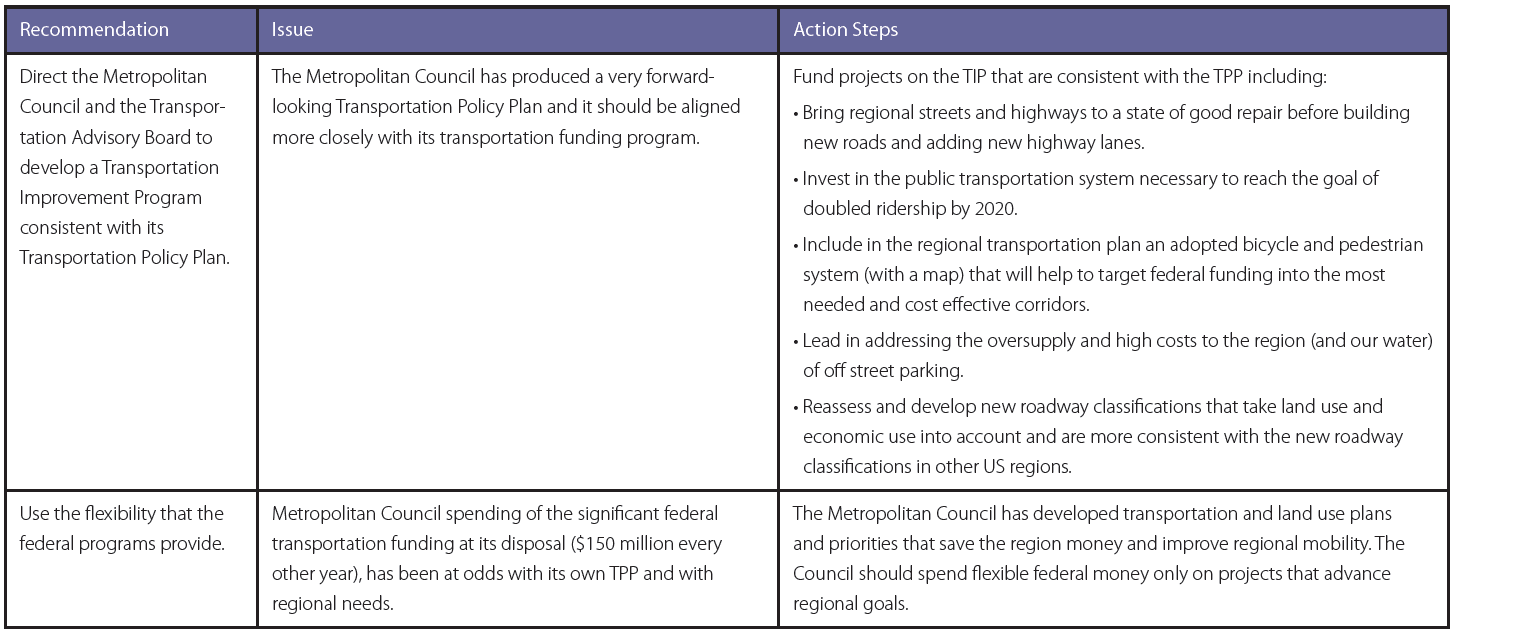
About 1000 Friends of Minnesota
Minnesota needs a transportation system that is safer, enhances and preserves communities, and saves families and businesses money through greater reliance on public transit, bicycling, and walking, and better maintenance of the infrastructure we already have. Transportation is about much more than getting from A to B. It is not an end, but it should be a means for a community to achieve broader goals of economic development, neighborhood revitalization, and environmental sustainability.
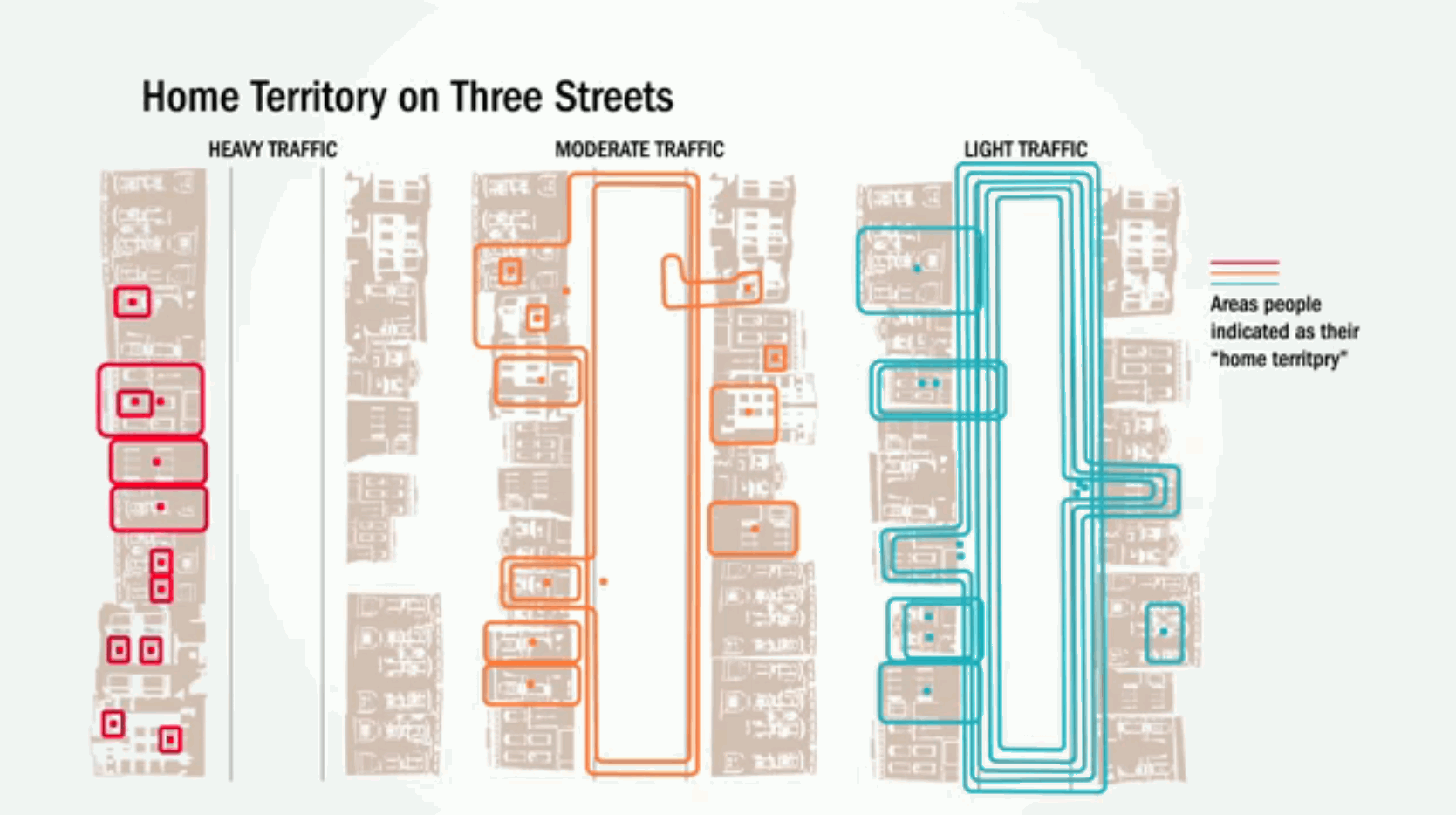
“Fixing the Great Mistake” is a new Streetfilms series that examines what went wrong in the early part of the 20th Century, when our cities began catering to the automobile, and how those decisions continue to affect our lives today.
View this complete post...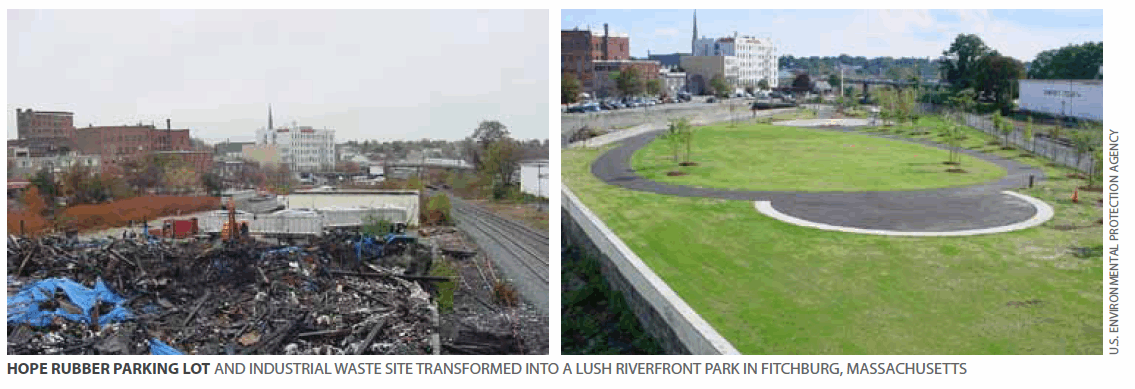
AMERICAN PLANNING ASSOCIATION
Brownfields are sites that have, or are perceived to have, contamination. They range in size from a single lot to a multiacre postindustrial site. Brownfields can be found in almost every community in the U.S. Though often thought of as eyesores that plague a community and stall its progress, this guide encourages communities to think of brownfields as community assets.
SLATE MAGAZINE
While the school of so-called “vehicular cycling” argues that cycles should be treated as cars and share the roads, this philosophy seems to be the result of (primarily American) cyclists adapting by necessity to their harsh surroundings rather than the sound basis of a widespread transportation shift. In the world’s top cycling cities, one finds not muscular riders harried and buffeted by passing cars, but all manner of people—young, old, carrying groceries, carrying kids—riding on networks that have been designed for them.
The Boston metro area has always had plenty of cyclists. But other than some fantastic greenways like the Minuteman Trail, riding along the Charles, and some ahead-of-its-time traffic calming & bike lanes in Cambridge, cyclists have had very little to crow about. In fact, it wasn’t uncommon to hear murmurs that Boston was the worst cycling city in the U.S.
View this complete post...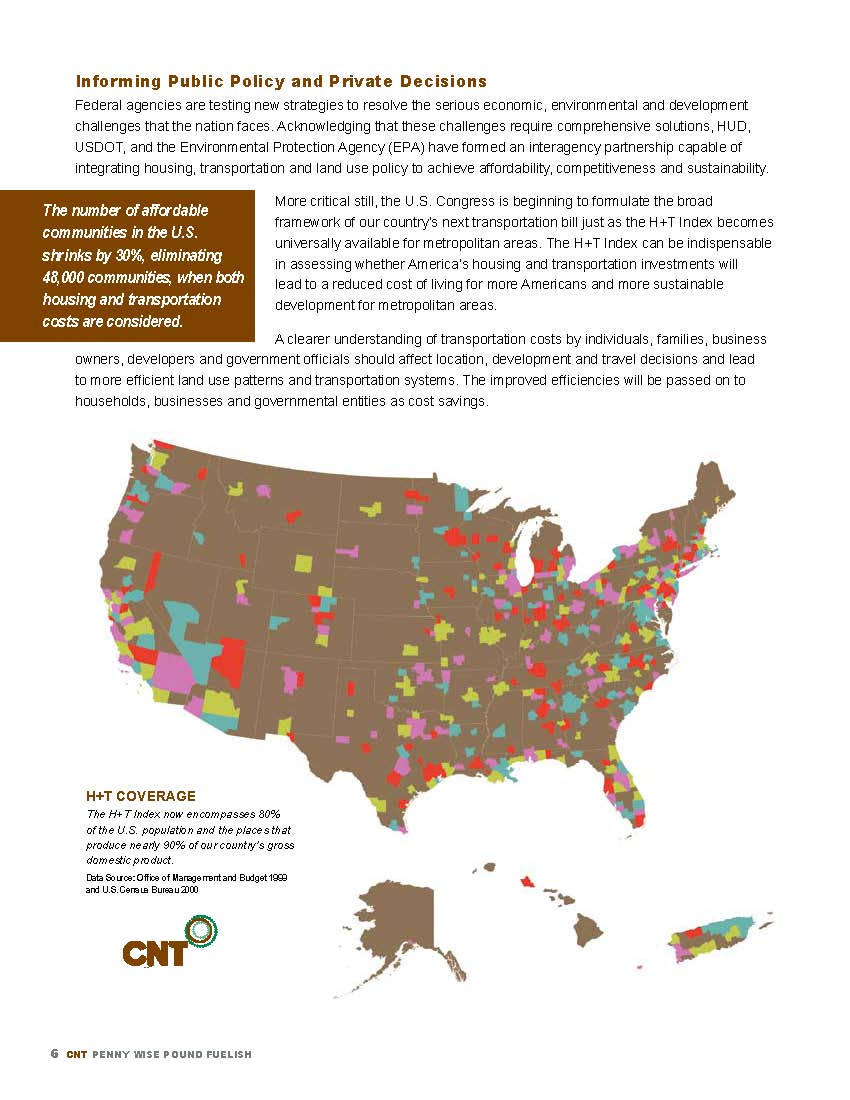
CENTER FOR NEIGHBORHOOD TECHNOLOGY
The number of affordable communities in the U.S. shrinks by 30%, eliminating 48,000 communities, when both housing and transportation costs are considered.
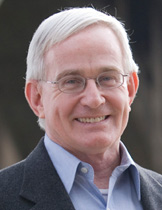
Thomas Murphy is a senior resident fellow, ULI/Klingbeil Family Chair for urban development, Urban Land Institute. Since January 2006, Murphy had served as ULI’s Gulf Coast liaison, helping to coordinate with the leadership of New Orleans and the public to advance the implementation of rebuilding recommendations made by ULI’s advisory services panel last fall. Prior to his service as the ULI Gulf Coast liaison, Murphy served three terms as the mayor of Pittsburgh, from January 1994 through December 2005. From 1979 through 1993, Murphy served eight terms in the Pennsylvania State General Assembly House of Representatives. He is an honorary member of the American Society of Landscape Architects; a board member of the Pennsylvania League of Cities and Municipalities; and a board member of the National Rails to Trails Conservancy.
View this complete post...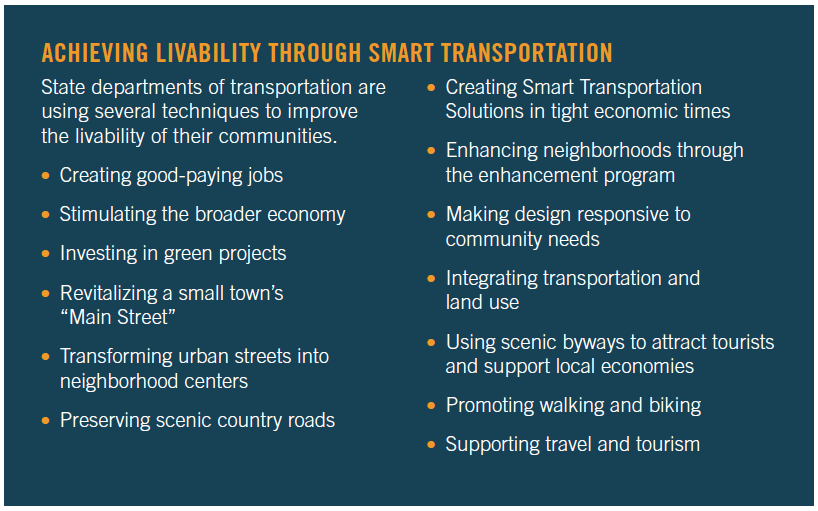
AMERICAN ASSOCIATION OF STATE HIGHWAY AND TRANSPORTATION OFFICIALS
Soon, members of Congress will be asked to decide “What makes a ‘livable’ community?” Since the U.S. Department of Transportation is making livability a top priority for future transportation funding, this is an important concept to define. While some would suggest livability means a life without cars, this definition really doesn’t work for the millions of Americans who have chosen the lifestyle that an automobile affords…If enhancing livability is the objective of transportation legislation or regulation, then it must work for those who live in rural Montana just as much as it would for those in downtown Portland. Equating livability only to riding transit, walking and biking, limits its relevance and excludes a wide range of improvements and community needs.
Follow InfrastructureUSA
Video, stills and tales. Share images of the Infra in your community that demands attention. Post your ideas about national Infra issues. Go ahead. Show Us Your Infra! Upload and instantly share your message.
Is the administration moving fast enough on Infra issues? Are Americans prepared to pay more taxes for repairs? Should job creation be the guiding determination? Vote now!
What do the experts think? This is where the nation's public policy organizations, trade associations and think tanks weigh in with analysis on Infra issues. Tell them what you think. Ask questions. Share a different view.
The Infra Blog offers cutting edge perspective on a broad spectrum of Infra topics. Frequent updates and provocative posts highlight hot button topics -- essential ingredients of a national Infra dialogue.
It is encouraging to finally see clear signs of federal action to support a comprehensive US infrastructure investment plan.
Now more than ever, our advocacy is needed to keep stakeholders informed and connected, and to hold politicians to their promises to finally fix our nation’s ailing infrastructure.
We have already engaged nearly 280,000 users, and hoping to add many more as interest continues to grow.
We require your support in order to rise to this occasion, to make the most of this opportunity. Please consider making a tax-deductible donation to InfrastructureUSA.org.
Steve Anderson
Managing Director
SteveAnderson@InfrastructureUSA.org
917-940-7125